Remembering another frustrating year with a countdown of 2021’s most unsatisfying copyright rulings.
I don’t know about you, but my 2021 actually made 2020 look pretty, prettay, prettaay good by comparison. This was the year we actually had to try to pretend everything was back to normal when, frankly, it was anything but. So, forget all the “best of” lists that I’m sure are clogging up your feeds right now. Here are my personal picks for the copyright opinions from 2021 that, much like the year itself, leave a little something to be desired.
5. Alfred v. Walt Disney Company
This is actually the second year in a row that long-running copyright litigation involving Pirates of the Caribbean has made my “worst of” list. Last year, it was the Ninth Circuit’s reversal of a pleading-stage dismissal by Central District of California Judge Consuelo Marshall, which (correctly in my view) found that similarities in stock and unprotectable pirate genre elements such as battles at gunpoint and jewel-filled caves couldn’t support a viable copyright infringement claim. But the Ninth Circuit held that expert testimony “would be particularly useful” in determining the extent to which the plaintiffs’ claimed similarities were in fact “pirate-movie tropes” and remanded the case.
The parties dutifully went back to the lower court, and following expert witness reports and depositions, Disney brought a motion for summary judgment. Interestingly, even though the primary basis for the Ninth Circuit’s remand was to allow experts to weigh in on the distinction between generic pirate tropes and original protectable elements, the plaintiffs’ expert witness apparently didn’t even review other works in the pirate genre before issuing his expert report.

Nevertheless, in December 2021, the district court denied Disney’s motion for summary judgment, holding that “[t]his case boils down to a battle of the experts, and such a battle must be left for the jury’s resolution.”
The key question in an infringement case—experts or no experts—is whether protectable material from a plaintiff’s work has been taken by the defendant. Courts have regularly granted summary judgment even in the face of dueling expert testimony where that testimony has relied on similarities in historical facts, scenes a faire or other unprotected elements between two works, such that “no reasonable juror” could conclude that copyright’s extrinsic test has been satisfied. Judge Marshall was understandably gun-shy about once again dismissing a case that is sure to eventually go up to the Ninth Circuit a second time. That said, the parties and lawyers will now spend inordinate resources trying a case that was weak when it was first filed and simply isn’t getting better with age.
4. Nicklen v. Sinclair Broadcast Group
In a July 2021 order in Nicklen v. Sinclair Broadcast Group, Inc., Southern District of New York Judge Jed Rakoff denied a motion to dismiss filed by Sinclair in a dispute over Paul Nicklen’s video of a starving polar bear. Relying on the server test, Sinclair unsuccessfully argued that it and its affiliates didn’t infringe the copyright in Nicklen’s video because they only embedded it on their websites from Instagram or Facebook, as opposed to maintaining a copy of the video on a Sinclair-controlled server.
Judge Rakoff held that the fact that Sinclair didn’t actually possess a copy of Nicklen’s video didn’t mean that Sinclair wasn’t responsible for displaying it. With the decision, Rakoff became the second SDNY judge to reject the server test, joining a view shared by then-judge Katherine Forrest in 2018’s Goldman v. Breitbart News Network. Battle lines have been firmly drawn between the Ninth Circuit, which has explicitly adopted the server test, and a growing number of district court judges within the Second Circuit (although the appellate court itself hasn’t yet weighed in).
Regardless of what you may think about the server test generally, the court’s opinion in Nicklen doesn’t sufficiently focus on or evaluate what’s actually going on behind the scenes when a website uses embed code to instruct a visitor’s web browser to fetch the contents of a post directly from Instagram’s own servers. The court also gave short shrift to arguments about what would happen if the server test were abolished, merely noting that the “speculations” offered by Sinclair “seem farfetched.” Finally, the court failed to fully recognize a key distinction between Goldman, which involved a photograph that appeared the moment the defendant’s website was loaded, and the video at issue in Nicklen, which required a viewer to take the volitional act of affirmatively clicking on the video within the embedded social media post in order to play it.
3. Google v. Oracle
Google v. Oracle was long billed as the Supreme Court’s “Copyright Case of the Century,” but the culmination of over ten years of litigation resulted in an opinion that’s largely unsatisfying. Instead of directly deciding whether the Java API declaring code copied by Google to create its Android smartphone platform was even subject to copyright protection in the first place, the court shoehorned the copyrightability question into a fair use analysis. Justice Breyer’s evaluation of the four fair use factors is largely grounded in the premise that the declaring code isn’t in fact copyrightable (or is only barely so), which resulted in the Court spending the remainder of its fair use analysis discussing the “costs and difficulties” of producing alternative APIs and the potential benefit to the public of allowing Oracle’s declaring code to be copied by Google.

As I noted when I wrote about the decision back in April, I don’t read the majority’s opinion to suggest that fair use is triggered any time it’s more difficult to create than it is to copy. And I take the Court at its word that in applying the fair use doctrine to the particular computer code at issue in the case, it was not intending to “overturn or modify our earlier cases involving fair use.” That said, the Supreme Court will ultimately have little control over how lower courts and litigants make use of its language, and predicting how a jury will decide any fair use issue when given the opportunity is a fool’s errand. Future confusion could have been avoided had the Court simply not sidestepped a direct ruling on copyrightability rather than allowing fair use to do all the lifting.
2. Bell v. Wilmott Storage Services
I wrote back in September about the Ninth Circuit’s ruling in Bell v. Wilmott Storage Services, LLC, a decision that took an overly-minimalist view of copyright’s de minimis defense under facts that practically screamed out for its application. Wilmott purchased a website from a third party without knowing that a photograph of the Indianapolis skyline taken by serial copyright litigant Richard Bell was lying dormant inside one of the site’s image database folders. While the image didn’t appear on any of the defendant’s public-facing web pages, Bell’s business model is to run reverse-image searches in order to locate these largely inaccessible images and sue over them. Central District of California Judge Consuelo Marshall ruled that any use Wilmott may have made of Bell’s photo under the circumstances was so insubstantial as to constitute a mere “technical” or de minimis violation of copyright that wasn’t actionable.

Unfortunately for Wilmott, the Ninth Circuit wasn’t having any of it. The court’s opinion confined the de minimis doctrine to merely “an answer to the question of whether the infringing work and the copyrighted work are substantially similar,” as opposed to treating it as a defense to wholly trivial infringement.
The case would have been the perfect opportunity to return the de minimis doctrine to its classic equitable roots, by confirming that the law will not, in fact, concern itself with trifles, even if they are technically violations of copyright law. Instead, the court’s ruling leaves the doctrine with little, if any, actual work to do in most situations. A concurring opinion recognized that, with each successive lawsuit, plaintiff Bell was “solidifying his identification as a ‘copyright troll,’” and cautioned that “the long-range potential of his claim does not appear bright.” But by forcing Wilmott to continue to fight (or pay to settle) such an incredibly trivial case, the court’s opinion actually encourages copyright trolls to do their thing.
1. Hall v. Swift
In one of several different lawsuits over Taylor Swift’s 2014 hit “Shake it Off,” songwriters Sean Hall and Nathan Butler claim that Swift infringed their 2001 song “Playas Gon’ Play” (performed by female R&B group 3LW), which features the line “Playas, they gon’ play/And haters, they gonna hate.” Central District of California Judge Michael Fitzgerald initially dismissed the complaint in 2018 based on a lack of originality in the plaintiffs’ lyrics, a ruling that was later reversed by the Ninth Circuit in 2019.
Of course, even if a work meets the low threshold of originality required for copyright protection, a proper infringement analysis needs to evaluate and distinguish between the protected and unprotected material in a plaintiff’s and defendant’s lyrics. On remand to the district court, the defendants filed a motion for summary judgment based on the lack of substantial similarity between the expressive elements of the two works at issue. But in December 2021, Judge Fitzgerald denied defendants’ motion, concluding that there is “a genuine dispute as to the potential substantial similarity between the lyrics and their sequential structure as framed by Plaintiffs.”
The problem with the new ruling is that the only similarity between the two works is the fact that both songs use “players gonna play” and “haters gonna hate,” which the plaintiffs previously conceded were unprotectable and free for anyone to use. (In his original 2018 dismissal order, Judge Fitzgerald himself noted that American culture was “heavily steeped in the concepts of players, haters, and player haters.”) And while it’s true that in certain situations, copyright infringement may be based on the “selection and arrangement” of unprotectable elements, that’s only the case when those elements are sufficiently numerous and their selection and arrangement is sufficiently original. Here, there really just isn’t anything beyond the use of two common unprotectable phrases about “players playing” and “haters hating” that would make the songs substantially similar.
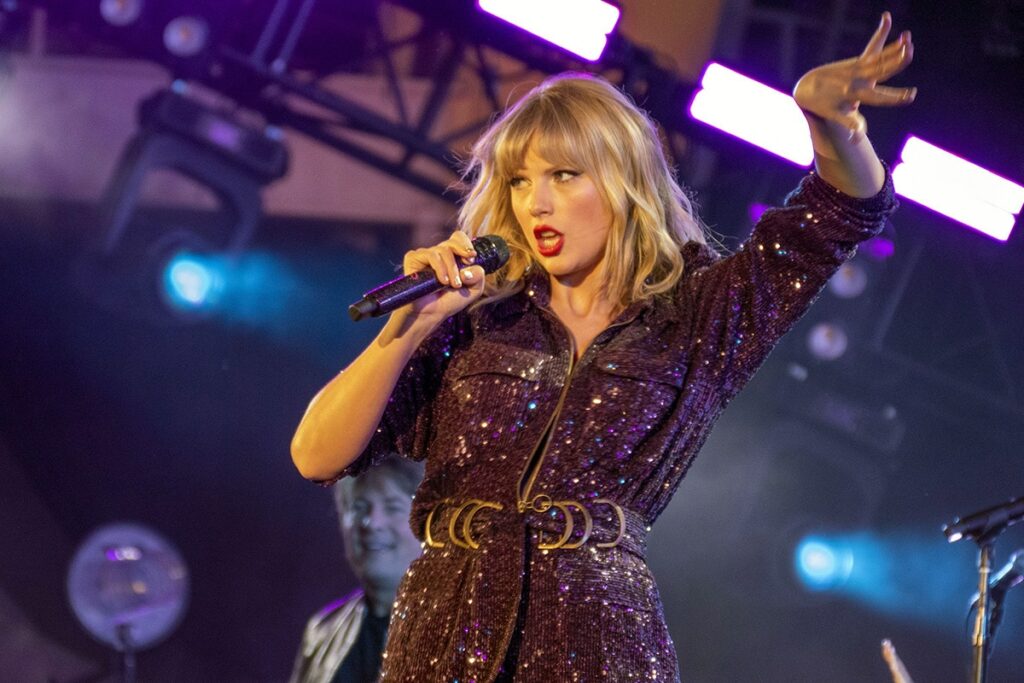
To be sure, Taylor Swift may well prevail at trial if her motion to reconsideration (currently set for hearing in February 2022) is denied. However, trials are expensive and jury verdicts are difficult to predict. More importantly, a district court judge has a significant gatekeeping role to play when it comes to ensuring that basic building blocks of lyrics and music remain free for all to use. There’s still time to fix this one, and here’s hoping the court does so.
SO . . . . Am I totally off base? Any other cases you think should have made the list? Let me know in the comments below or on the Copyright Lately social media accounts. In the meantime, in the immortal words of countdown icon Casey Kasem, keep your feet on the ground and keep reaching for the stars in 2022!
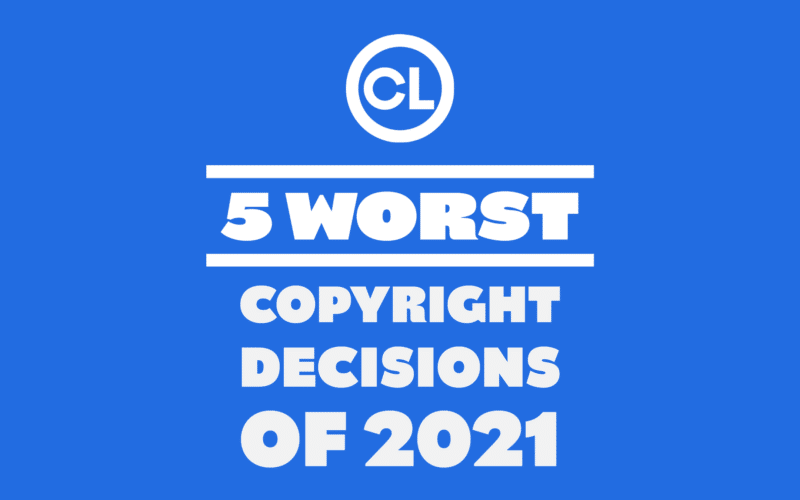
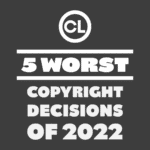


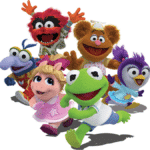

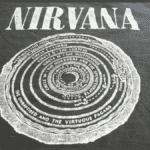
4 comments
Good list. However, I believe the Second Circuit’s opinion in Andy Warhol Foundation for the Visual Arts, Inc. v. Goldsmith deserves honorable mention. Maybe the U.S. Supreme Court will grant certiorari and provide further guidance on transformative fair use in 2022. Fingers crossed.
I agree that Warhol is definitely worthy of inclusion. At the time the Second Circuit opinion came out, I wrote that “the court had to engage in a 56 page act of contortion” to explain the differences between Warhol’s piece and those of Richard Prince. See: https://copyrightlately.com/warhols-prince-series-isnt-fair-use-but-what-is/
That being said, I’m not holding my breath on getting fair use guidance from the Supreme Court.
Great article, Aaron. I’m surprised, though, that you guys are mentioning the Warhol case for possible inclusion on a list of worst decisions. To me, the result there is unassailable: it was a literal, wholesale taking of a photograph in the creation of a potentially-competitive derivative work. And while I agree that the panel had to use mental gymnastics to reconcile the result with Cariou, I thought the opinion otherwise contained an insightful discussion of fair use. It does a particularly good job of pointing out the absurdities of the some of the overreaching arguments we’re all seeing that would expand fair use to the point that copyright owners would effectively lose their rights over derivative works.
In any event, great article and keep up the good work!
Hi Greg – For me, it’s not the outcome in Warhol so much as the mental gymnastics the panel used to try to reconcile Cariou, which is I think is going to create a lot of confusion and difficulty for district courts. Thanks for reading and commenting!